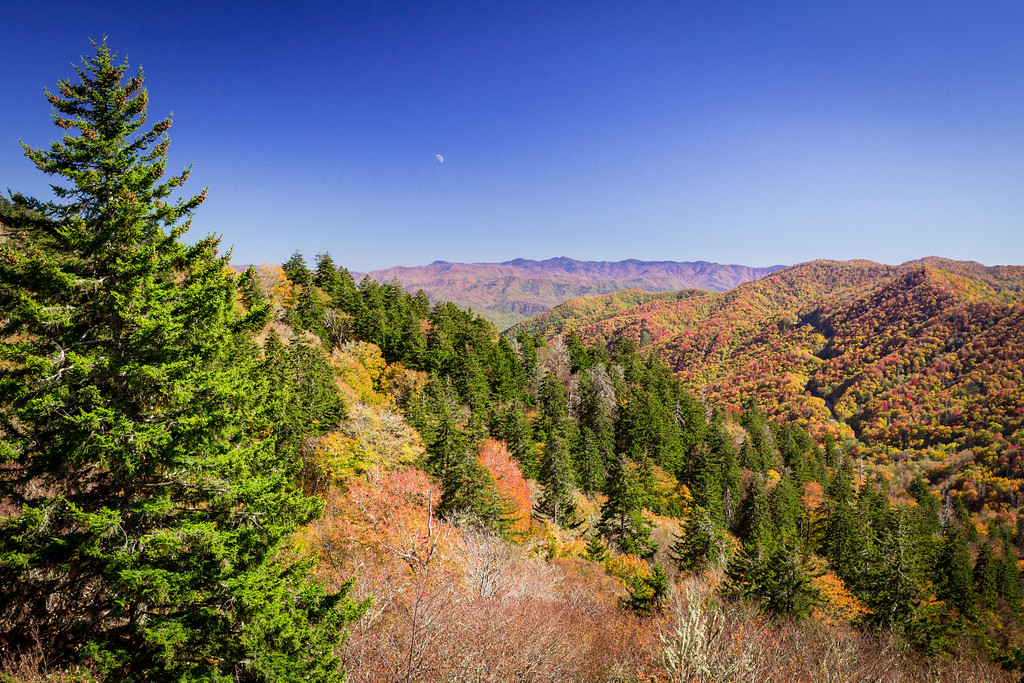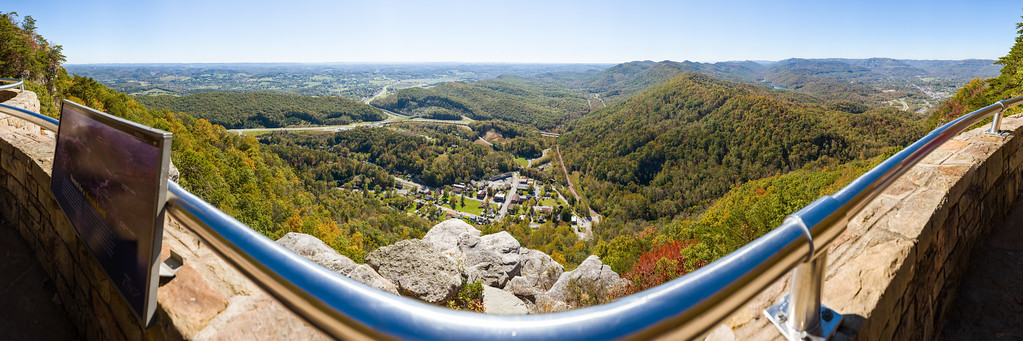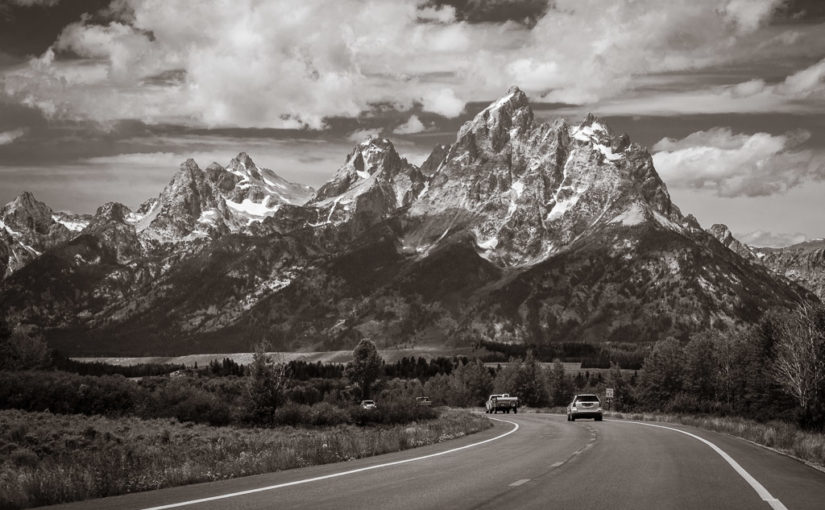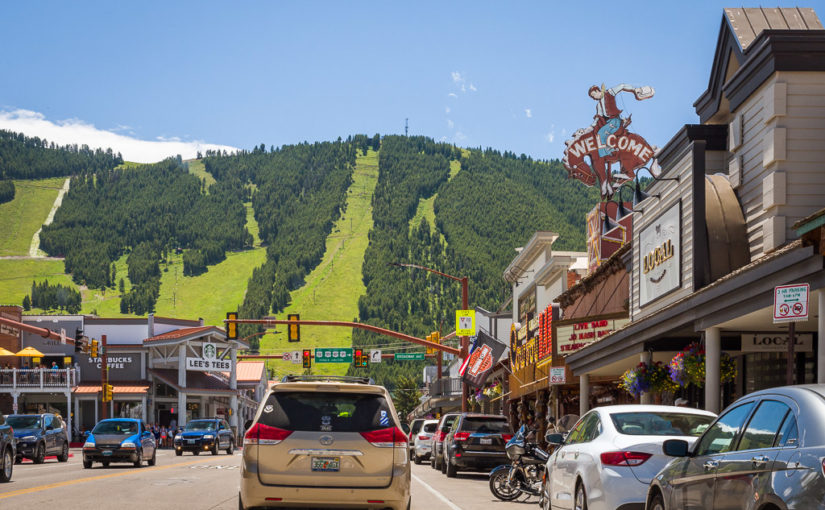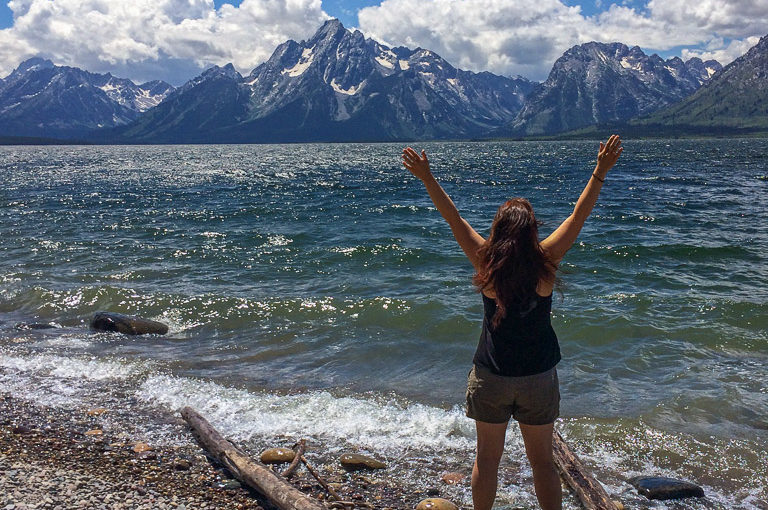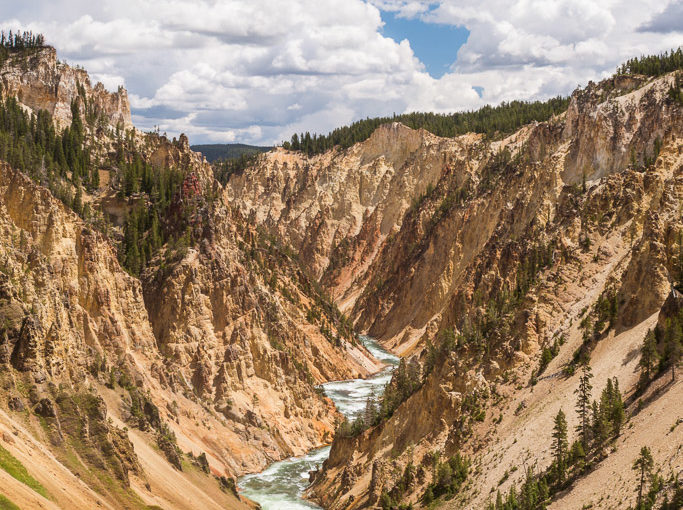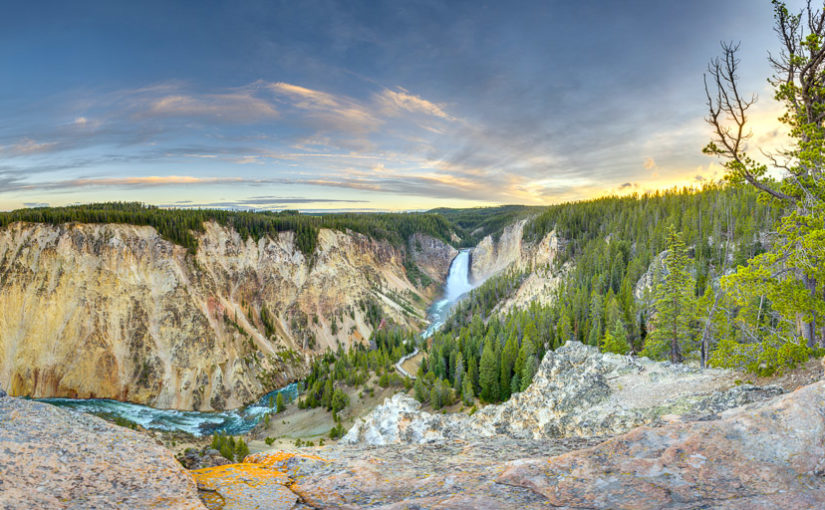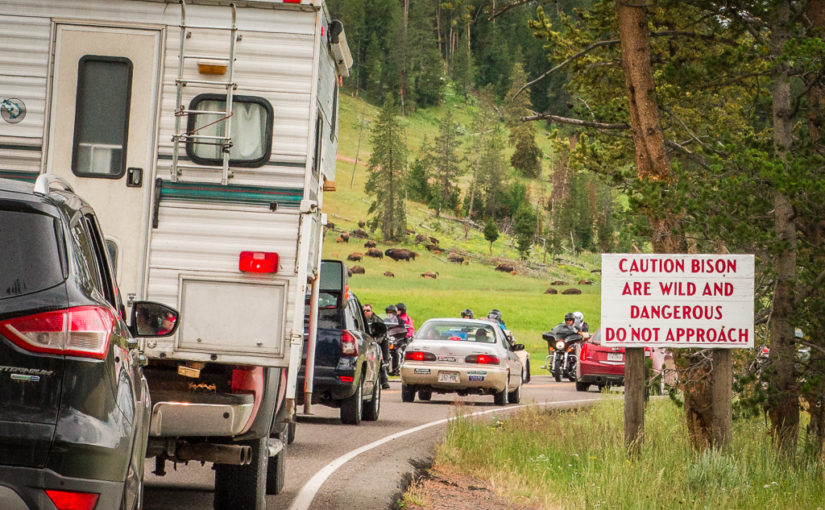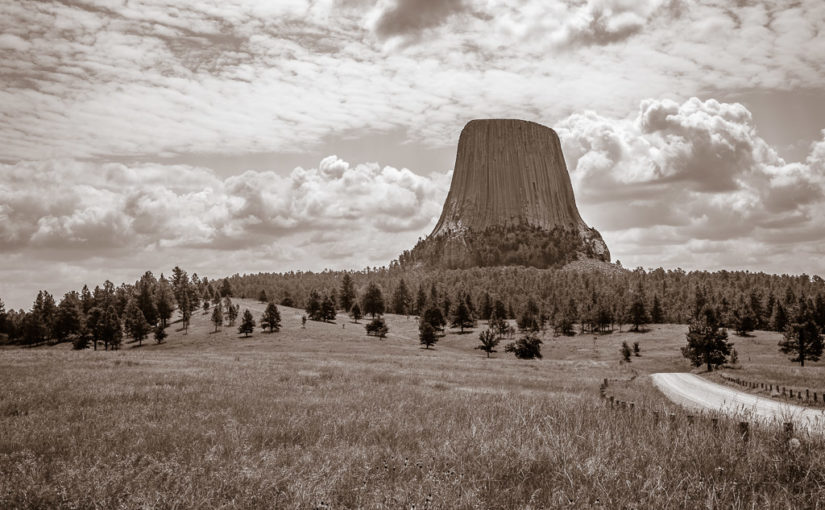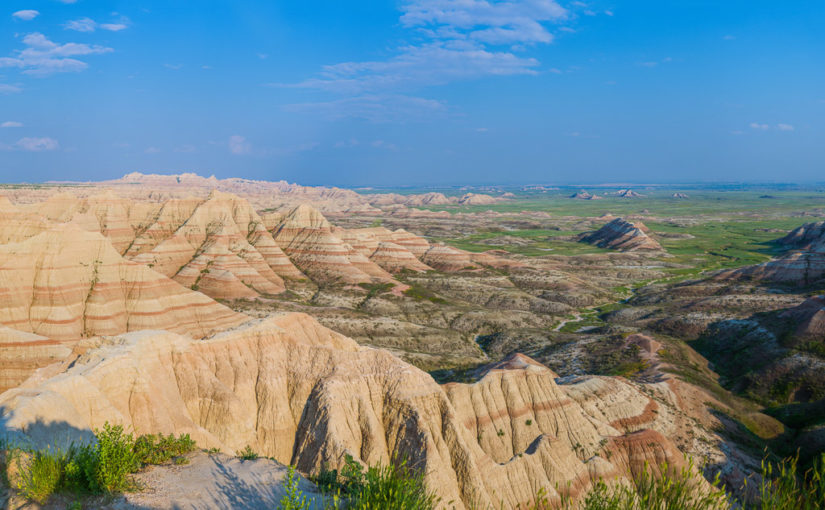Home Sweet Campsite
As forecast, our first night in Elkmont Campground was quite cold! The chill made it difficult to get moving any earlier than 8 o’clock this morning, just a bit after sunrise, even though we got to bed at a good time last night.
It was nice that this was going to be home base for several days! There weren’t many nights where we stayed put on our RealImaginaryWest trip last summer. I don’t mind moving around too much, but it is time-consuming to pack up the bedding and the tent, drive to the next location, and then unpack and set up again. Another problem with moving around is that we have to find firewood again if we move very far.
Fueling Our Fires
Firewood is something I try to be a good boy about, even though it’s a real pain sometimes. Campers like us have crisscrossed the country with firewood from home, sometimes spreading invasive pests like insects and fungi. These can and do have devastating effects on forestland. Ever since we started camping, we have always been diligent about acquiring firewood locally. It helps that our car is really only big enough for all of our camping gear and food. The times when it’s been really tempting for us to move firewood is when we’ve had some left over and we’re headed to camp in the next state. The rule of thumb I’ve seen is that you don’t want to transport wood more than 50 miles—but you may not be able to travel even one mile with it, depending on where you are—so you want to be sure! It’s totally worth the effort for us to know and comply with the law so that we aren’t responsible for the demise of the beautiful places we visit.
This year there’s a new regulation at Great Smoky Mountains National Park that requires that all firewood brought in must be heat treated and certified as safe by the USDA. The only other option for campers is to find firewood inside the park. Now back in Ohio, state parks tend to prohibit campers from gathering firewood. But when we were out West, we were allowed to gather dead-and-downed wood in Yellowstone and Grand Teton National Parks. They have the same rules here at Great Smoky Mountains National Park, so I brought my trusty sierra saw so we could save some money on firewood. Since this park is at a much lower and warmer elevation and in a much wetter part of the country, I knew it might be tricky to find dry wood that hasn’t already started to rot…but I was optimistic.
A Fence?
In my search, I made a strange discovery…I walked back into the woods directly across from our campsite, which took me up a hill…and to an old wire fence. I knew we were deep within the national park’s boundary, so it was strange that there would be a fence in a random area I figured for backcountry. After I found an opening, I saw that this was an old cemetery. I thought it was strange indeed to find a cemetery inside a national park, but Great Smoky Mountains National Park was created in an area that most definitely had to have had at least some settlement beforehand. While most were from the early 20th Century, a few were as recent as the past five years…further compounding the strangeness.
My curiosity wore off when my hunger reminded me that I was on a mission to gather wood to cook breakfast, so I walked out the gate on the gravel drive out of the cemetery and down a hill. I found several good small trees a short distance from there and cut a couple of long segments that I could drag or carry back to camp. I’d cut these up and we’d have more wood to supplement what we’d bought last night.
Checking In
Since we’d arrived after the camp office closed last night and our reservation tag wasn’t up on the after-hours board, I had no idea how to tell anyone we were here until this morning. While we were finishing up breakfast, someone came by and told us that we’d need to check in by 11. This seemed simple enough…
When I went down to the camp office and told them about my reservation, they scoured their printed lists and still couldn’t find me. I told them I booked on Saturday morning, but I didn’t have any way of pulling up the confirmation because I don’t have Internet service on my phone. I was surprised that they still used paper for all of this, seeing as reservations are all done by phone through a call center or online! Eventually they did find my reservation, and they set me up with a tag for our site. This stressed me out a bit, but everything was fine in the end.
Getting Out…Slowly…
I was really excited to explore the hiking options here at Great Smoky Mountains National Park, but I found the volume of possibilities overwhelming. Since we’d decided to come here so last-minute, the only preparation I’d managed before we got here was to find an online trail guide and cache a few of the descriptions on my phone. Unfortunately, collecting wood, cutting it, checking in, deliberating over what to do, and our slow and easy pace with breakfast this morning took up the first half of our daylight before we knew it. It was well after noon, and we needed to head out very soon if we were going to get any kind of a hike in before sundown at 7 o’clock.

I finally settled on a hike that departed from a trailhead at Newfound Gap. So we cleaned up our campsite, packed up the car, and headed out. Under ideal conditions, it was a 20-mile, 40-minute drive down Little River Road to Newfound Gap Road. It seemed easy-peasy, but this was when we first discovered how bad the traffic gets here! We decided to stop at Sugarlands Visitor Center, which is near the corner of the two roads. I never imagined that traffic backups could be so bad in a national park, but it took us at least 10 minutes or so to advance from being able to see the visitor center to being able to turn into its parking lot! The particular shame of the matter was that we had to get in line again in order to get back to Newfound Gap Road…cringe!
Not long after we hit the traffic jam, we came into the range of civilization and our phones began to explode with pent-up text messages. While I had only a few, Becky had tons from her friends about the Star Wars trailer the night before. One from Jenny was actually important though—last night, she was supposed to buy tickets for opening night in December—but she wasn’t able to because so many people tried at once that several ticket sites crashed! So we didn’t actually get tickets until today, but we did get them. While we were in the visitor center parking lot, we were able to get a strong LTE signal that allowed Becky to get the new trailer to play on her phone…so we finally got to see what we’d been waiting so many years for!
Anyway…this ate up even more time, and we didn’t get back on the road until 2:30pm…and we didn’t get up to Newfound Gap until almost 3 o’clock. This left just barely enough time for a good hike.. I figured we could get to The Jump Off, which is a 6 1/2 mile round trip, mostly to the east on the Appalachian Trail.
The Appalachian Trail to The Jump Off
The Appalachian Trail, often referred to as “the AT”, is a 2200-mile hiking trail that extends along the Appalachian Mountains from Springer Mountain in Georgia all the way to Mount Katahdin in Maine. Its route traverses Great Smoky Mountains National Park, with a major trailhead at Newfound Gap. We’ll hike on it for our very first time today, using a 2.7-mile section on our way to The Jump Off.


Continue reading RealImaginarySmokies Day 3 – Newfound Gap, The Jump Off & Clingmans Dome
